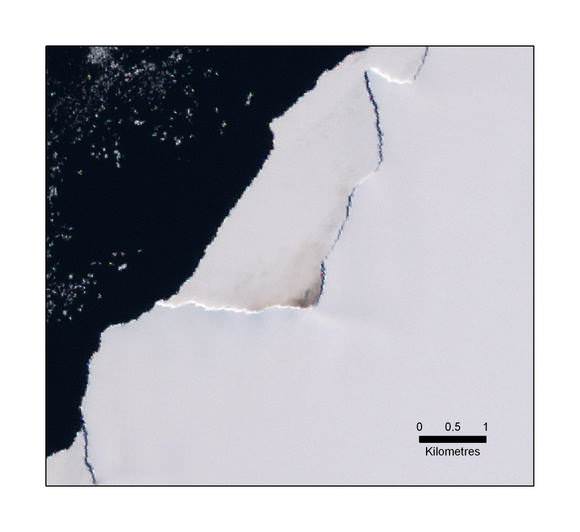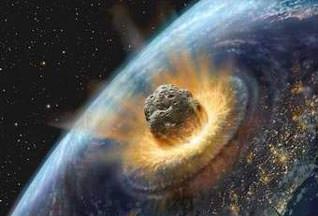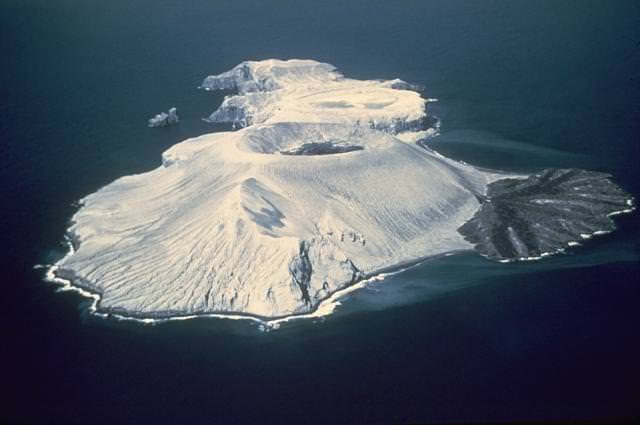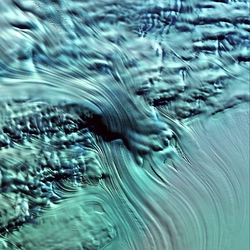[/caption]
Want to destroy the Earth? It’s harder than it sounds. That’s because the Earth is held together by the mutual gravity of 5.97 x 1024 tonnes of rock and metal. In order to blast the Earth apart, you would need to introduce more energy than the gravitational energy holding the whole planet together.
Think about it, if you wanted to bring about the destruction of Earth, you can’t just fly in your orbiting death star and fire a turbo laser at the planet. You might melt a little spot, but it’s not going to cause the planet to detonate like it did in Star Wars. Add up the mutual gravitational attraction of every atom in the Earth, and that’s how much energy you would need coming out of your laser. A laser powerful enough could vaporize the rock and metal and let it escape out into space. Keep that laser firing for billions of years and it should do the trick.
Another possibility would be to strike the Earth with an asteroid large enough to smash the planet. We’ve been hit by millions of asteroids in the past, and one was even thought to have formed the Moon. It would take an object the size of Mars slamming into Earth at more than 11 km/s to actually shatter the planet.
Instead of burning it, or smashing it, you could change the Earth’s orbit into a downward spiral into the Sun. After a few million years the planet would be burned up and destroyed by the Sun. Problem solved. In order to actually shift the Earth’s orbit, you would need to move a heavy asteroid so that it gently nudges the Earth into a spiraling orbit.
Of course, you could just bring an equivalent amount of antimatter, and let the Earth and anti-Earth collide together. The entire Earth would be annihilated in a heartbeat, leaving a flash of energy. Earth destroyed, problem solved.
But in the end, the Earth will likely be destroyed when it’s swallowed up by the Sun in about 7 billion years. When the Sun runs out of fuel, it will expand in size, becoming a red giant star. Astronomers agree it will swallow up Mercury and Venus, but they aren’t sure if it will get so large that it reaches the Earth. But whatever happens, the surface of the Earth will be scorched.
If that doesn’t completely destroy the Earth, you’ll need to wait trillions of years for the planet to get sucked into some black hole. And if that never happens, it might take 10100 years for the atoms that make up the Earth to decay into pure energy.
Then, the destruction of Earth will be complete.
This is a just a taste of the monumental amount of work it would take to bring about the destruction of Earth. Perhaps the best article every written on the subject is over here at Things of Interest.
You should also read Phil Plait’s book, Death from the Skies, which looks at all the different ways the Universe is trying to kill us.
Want more resources on the Earth? Here’s a link to NASA’s Human Spaceflight page, and here’s NASA’s Visible Earth.
We have also recorded a two-part episode of Astronomy Cast about the End of Everything (including the Earth). Here’s part 1, and here’s part 2.
Reference:
NASA









